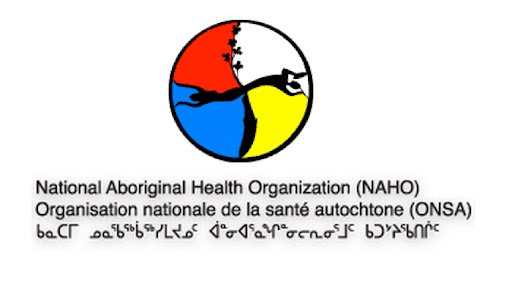
Cultural Competency and Safety in First Nations, Inuit and Métis Health Care
Cultural competence
Cultural competence can be seen as “a set of congruent behaviors, attitudes, and policies that come together in a system, agency, or among professionals and enable that system, agency, or those professionals to work effectively in crosscultural situations.” 1
Cultural safety
Cultural safety analyzes power imbalances, institutional discrimination, colonization, and colonial relationships as they apply to health care and health education.
Cultural safety within a First Nations, Inuit and Métis context
Cultural safety within a First Nations, Inuit and Métis context means the practitioner, whether Aboriginal or not, can communicate competently with a patient in that patient’s social, political, linguistic, economic, and spiritual realm. Cultural safety requires health care providers to be respectful of many traits. These include nationality, culture, age, sex, political and religious beliefs, and sexual orientation. A culturally unsafe practice is “any action that diminishes, demeans or disempowers the cultural identity and well-being of an individual.”2
Why should we be concerned with cultural competency and safety?
Adopting a culturally safe approach to health care can benefit individuals, providers and health care systems in the following ways:
When culturally appropriate care is provided, patients respond better to care. Learning the skills needed to provide culturally safe care can benefit health providers.
It can lead to increased confidence on the job by having the ability to address the needs of various groups in society.
The resulting increase in job satisfaction may help to increase retention rates in rural and remote communities, often sites of high human resource turnover.
Knowledge of the various aspects of a culture is an important part of cultural safety. The provision of culturally safe care involves lifelong learning and continuing competence. Cultural safety is the outcome of culturally competent care. Additionally, distinctions between cultural awareness, cultural competence and cultural safety are important.
Why is there a need for cultural competency and safety?
The need for cultural competency and safety is based, in part, on the experience of many Aboriginal people with the mainstream health care system. Often, these experiences have been negative, due to cultural differences. Frequently, cultural differences and the inability of health providers to appropriately address these differences have contributed to high rates of noncompliance, reluctance to visit mainstream health facilities even when service is needed, and feelings of fear, disrespect and alienation. All of these unaddressed differences factor in poor health status for First Nations, Inuit and Métis individuals and communities.
The inclusion of cultural competencies in care means the creation of culturally safe spaces. This suggests the potential for increased visitation and care by those in need. This in effect can help reduce the disparity between Aboriginal Peoples poor health status and the greater health status of Canadians. Awareness and sensitivity have brought us to this point and it is competency and safety that will take us the one step further.
Cultural competency and safety is not an exact science, but a means for a positive health care experience for all.
For more resources on cultural competency and safety, please visit www. naho.ca.
U.S. Department of Health and Human Services, 2007. Other Definitions of Cultural Competence. Bureau of Health Professionals. Retrieved on April 14, 2009 from http://bhpr.hrsa.gov/diversity/cultcomp.htm.
National Aboriginal Health Organization. (2003). Analysis of aboriginal health careers education and training opportunities. Ottawa: National Aboriginal Health Organization.
National Aboriginal Health Organization | Fact Sheet | April 2009
220 Laurier Ave. W. Suite 1200 Ottawa, ON K1P 5Z9
Phone: (613) 237-9462 | Toll Free: 877-602-4445 | Fax: (613) 237-1810
E-mail: info@naho.ca | www.naho.ca




